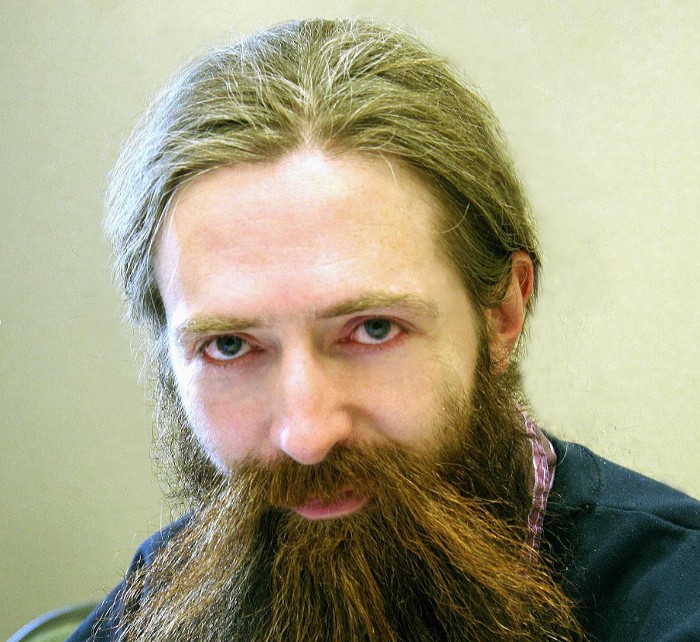Certainly this event is an example of some of the people in our longevity community coming in and just taking over a little bit of somebody else's conference to talk about longevity… but really exposing the rest of the community to it. I'm finding that at every event I go to, I'd really love to have conference presentations where I get to talk about some interesting thing about the longevity industry, because there are a lot of really interesting things going on.
But every presentation turns out to be «hey, we exist, please notice us — because this is really, really important.» Everything that you guys think that you are doing in medicine is about to be up-ended, because suddenly we're going to be actually able to stop people from getting sick and incapacitated and debilitated in old age. This is happening right now, the first rejuvenation therapies exist. But nobody notices.

